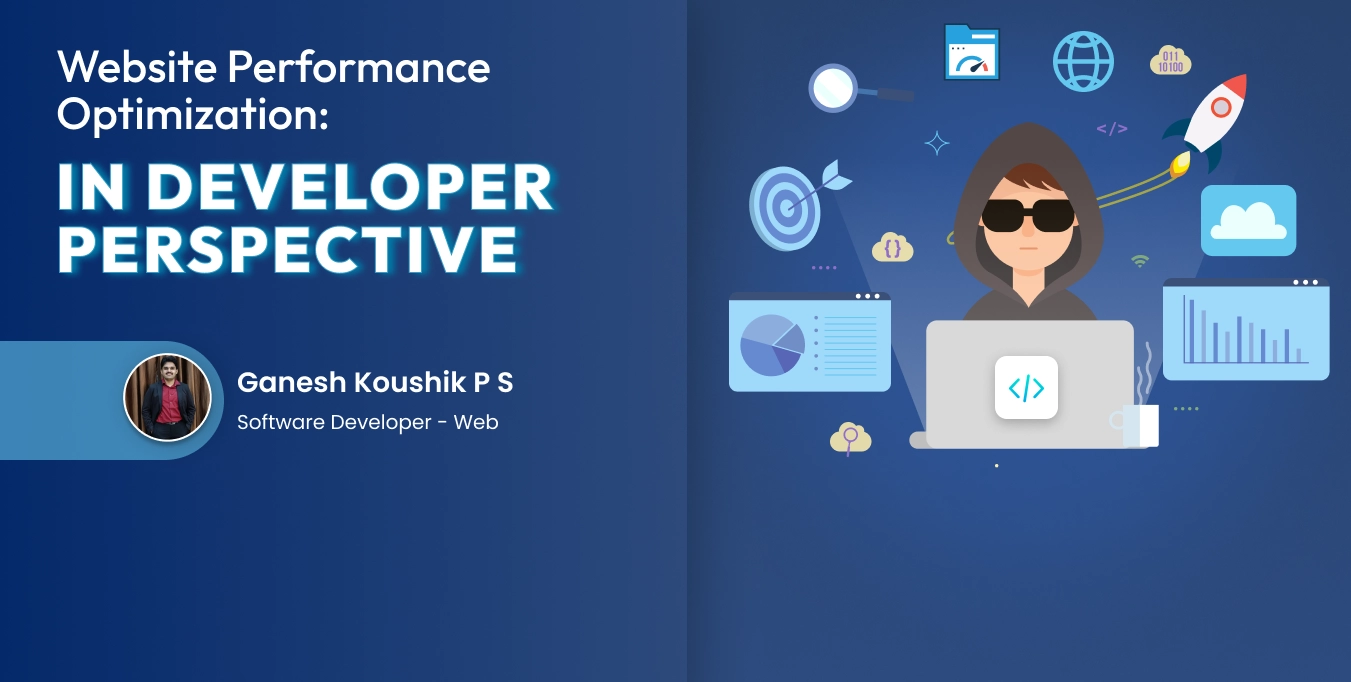Crepost Insights
Exploring the latest trends and stories in the world of news and information.
Speed Demons: Revving Up Your Website Performance
Unleash lightning-fast website performance! Discover top tips to boost speed and captivate your audience in our ultimate guide.
10 Proven Techniques to Boost Your Website Loading Speed
In today's digital age, the speed of your website can significantly impact user experience and search engine ranking. Here are 10 proven techniques to boost your website loading speed. First, optimize images by compressing them without sacrificing quality. Tools like TinyPNG or ImageOptim can help reduce file sizes, ensuring faster loading times. Second, leverage browser caching so that returning visitors can access your site quicker. By setting rules in your server's configuration, you can tell browsers to store certain resources locally.
Third, consider using a Content Delivery Network (CDN) to distribute your website's content across multiple locations, reducing latency for users around the world. Fourth, minimize HTTP requests by combining CSS and JavaScript files. This technique reduces the number of requests the browser has to make, ultimately leading to faster loading times. Fifth, keep your website code clean and well-commented. Removing excess and unnecessary code helps streamline your site. By integrating these strategies into your web development approach, you can significantly enhance your site's performance.

Understanding the Impact of Website Performance on User Experience
Understanding the impact of website performance on user experience is crucial for any online business. A website that loads quickly not only keeps visitors engaged but also reduces bounce rates, contributing to higher conversion rates. Research shows that even a one-second delay in loading time can cause a significant drop in user satisfaction, with many users expecting pages to load in less than three seconds. Therefore, optimizing your site’s speed should be a top priority to enhance user experience and retain your audience's attention.
Moreover, website performance influences how users perceive your brand. A slow or unresponsive site can lead to frustration, diminishing the credibility of your business. Users are more likely to abandon a site that provides a poor experience and turn to competitors who offer faster alternatives. To maintain a positive user experience, consider employing techniques such as image optimization, leveraging browser caching, and minimizing HTTP requests. These strategies not only improve loading times but also create a seamless experience that keeps users coming back.
Is Your Website Slow? Key Metrics to Identify and Fix Performance Issues
If you find that your website is slow, it’s crucial to identify the key metrics that can help diagnose performance issues. Start by assessing load time, which refers to the time it takes for your webpage to fully load in a visitor's browser. Aim for a load time of under three seconds; anything longer can lead to increased bounce rates. Utilize tools like Google PageSpeed Insights and GTmetrix to gain insights into how your website performs. Additionally, monitor server response time, which should ideally be under 200ms. A slow server response can greatly hamper your site’s speed, so consider optimizing your hosting environment for better performance.
Once you identify areas for improvement, implement changes based on your findings. Start with image optimization; large images can be a major culprit in slowing down your site. Aim to compress them without sacrificing quality by using formats like WebP or employing plugins for automatic optimization. Next, consider reducing server requests. Too many elements on a page—like scripts, stylesheets, and images—can bloat load times. Use a tool like minification to minimize the size of CSS and JavaScript files, and leveraging browser caching can also help speed up your site for repeat visitors. Regularly monitoring these metrics and making ongoing adjustments will ensure that you maintain a fast and efficient site.